Highlights
The landscape of enterprise and personal computing technology is continuously evolving. It does not seem that long ago that the work environment consisted of desktop computers and landline phones. Traditional management of desktop computers at the time relied on manual software updates and patches layered on top of each other. Later, “Gold Images” of desktop operating systems were used to provide a good, known state of the operating system (OS) but still required patches on a routine schedule, which would become what was known as traditional endpoint management.
As mobile phones became economically available, laptops and tablet computers replaced many stationary desktop computers; the business could control the employee device regarding its OS, the software applications used, and the security controls when the device was within the organization's perimeter. Client management tools were used to manage these environments. Client management involves capabilities such as OS deployment, software distribution, patch management, monitoring, and remote-control tools to support administration or to help automate other support functions that are typically executed manually.
- The UEM market continues to evolve, adding innovative user experience capabilities to support the Work-From-Anywhere workforce.
- UEM continues to be essential to business as a strategic approach to ensure overall IT security in a hybrid work environment.
- The level of endpoint intelligence and automation is a key differentiator between UEM product solutions.
- Patch Management is one of the strongest capabilities for the majority of products evaluated in this Leadership Compass.
- Varying levels of Device and Application Management appear as differentiators between UEM product solutions.

